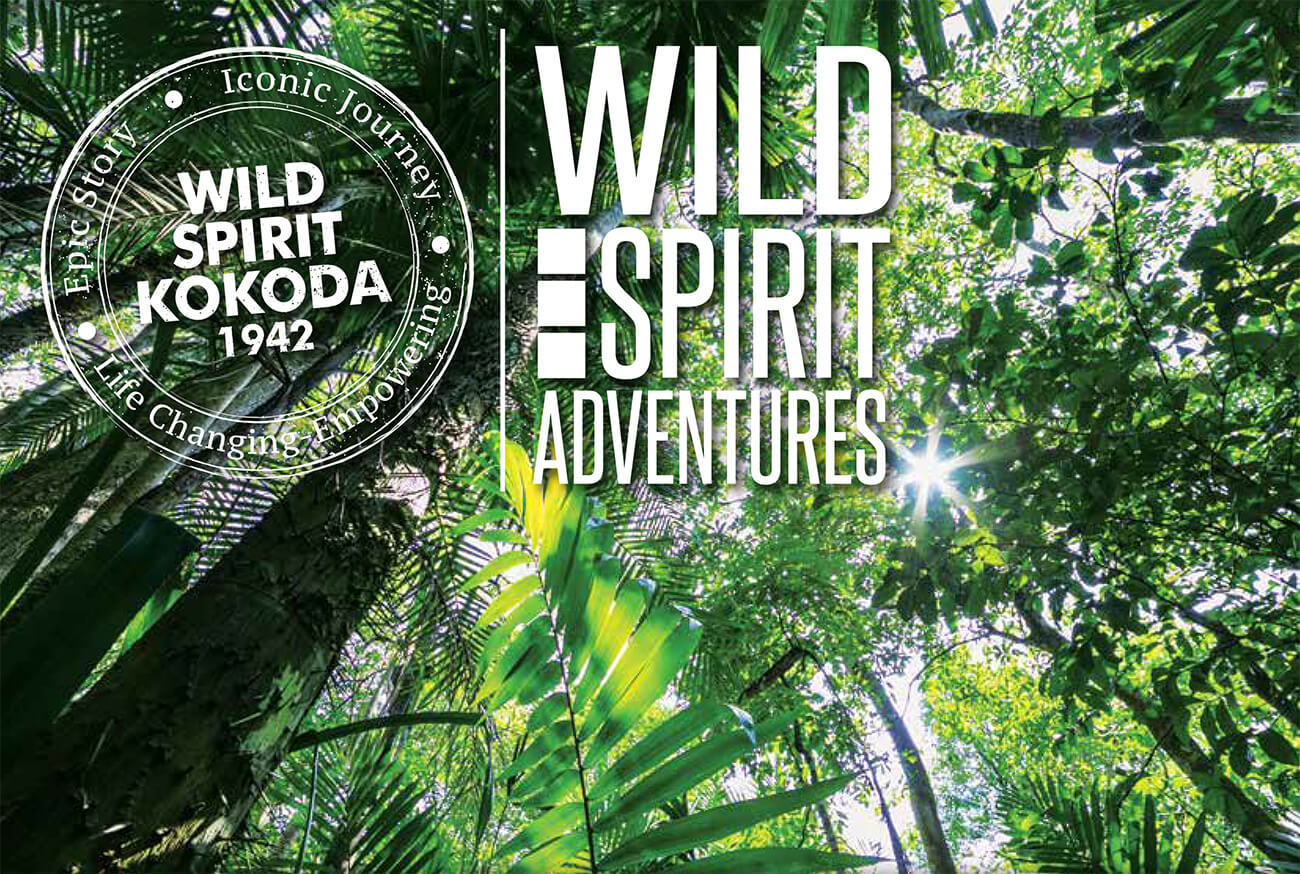Everest Base Camp
The ultimate challenge of Everest Base Camp trek offers breath taking mountain panoramas, if you like to walk then this is one of the most inspiring places in the world to do it.To walk in the footsteps of Sir Edmund Hillary, Tenzing Norgay and the many other climbers is an incredible experience.
Adventurers and trekkers have been fascinated and captivated by this goliath of a mountain and the most popular trek in the Himalayas is Everest Base Camp.
To stand at Everest Base Camp and view Mt Everest is an emotional, spiritual and mystical experience. The power and energy of Everest is intoxicating and you will be in awe of the size and majesty of the world’s greatest mountain.
A rest day here aids acclimatization and there are great optional walks to enjoy the area. We then follow the trail to famous Tengboche, located high on a ridge where a magnificent 360-degree panorama awaits. The views of Everest, the Lhotse-Nuptse Wall, Ama Dablam and Kantega dominate this peaceful and spiritual location – surely one of the most tranquil and inspiring places in the world.
While passing Buddhist monasteries, views of Everest get closer every day. This stunning trek visits both, Everest base camp and KalaPatthar (5555m), a viewpoint recognised as the best vantage point to see Mount Everest which is a premier goal for many adventurous walkers in the Himalayas.
After trekking to base camp and KalaPatthar we return at our leisurely pace back to Namche and Lukla for our return flight to Kathmandu.
We offer two itineraries; 12 nights/13 days with trekking, with return transport, or 14 nights/15 days with trekking up and back.
Our Everest base camp Group trek departs every week from Kathmandu, private trek can be arranged any time; If our set departure dates are not convenient for you, you may choose Private departures by selecting your own convenient tour date. These types of departure are best suited to couples, families, charity and small groups of friends. Customised itineraries are available as per your travel need.
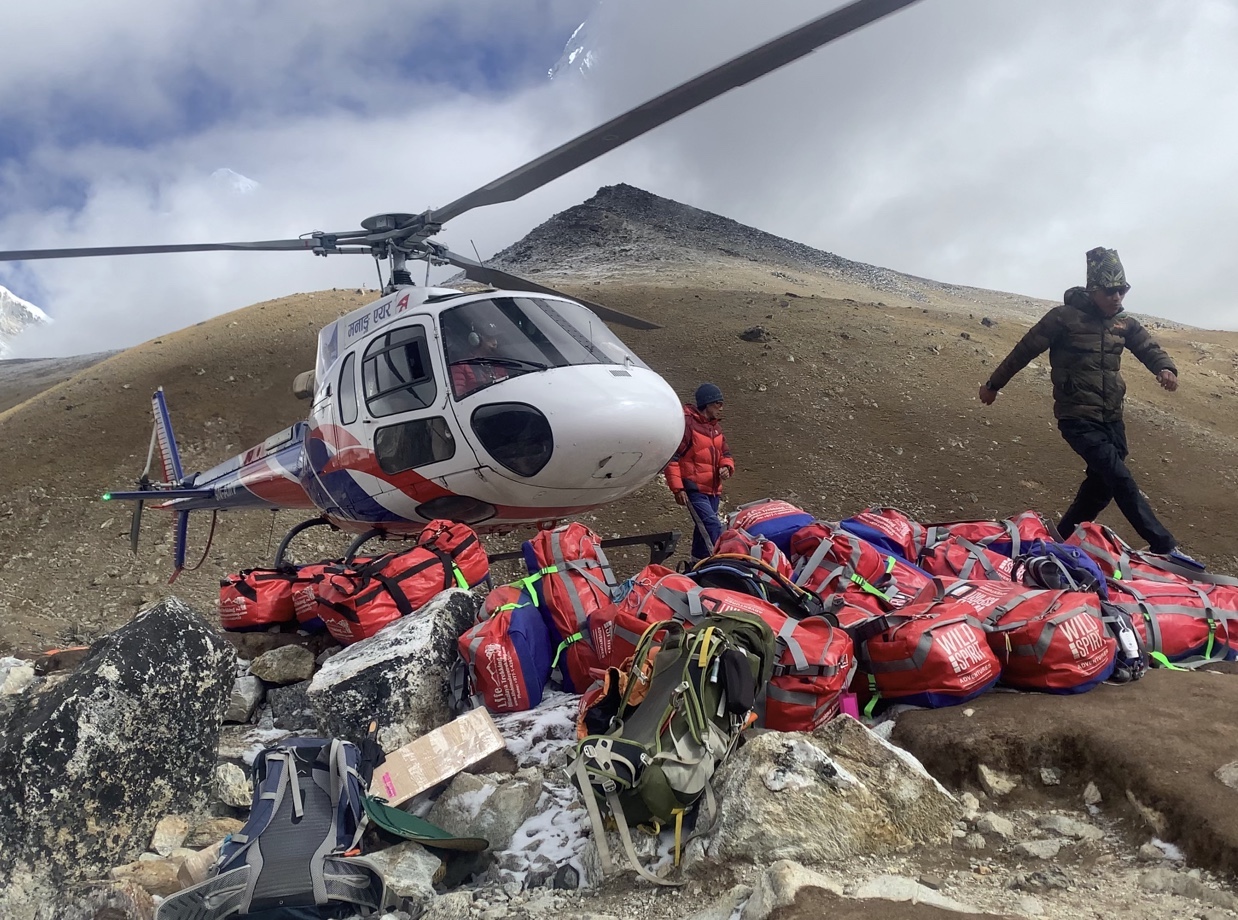
Everest Base Camp - Ultimate Trek
12 Nights / 13 Days – Helicopter flight up and return Kathmandu – Lukla – $4995 pp
Wild Spirit’s Everest Base Camp (EBC) trek offers you the most scenic views of the Himalaya range including the closest views of the world’s highest mountain, Mt. Everest (8,848 m). During your EBC trek you will pass through popular places like Lukla, Namche Bazaar (capital of the Sherpa people), Tengboche Monastery, Dengboche, Lobuche and Everest Base Camp.
This stunning trek visits both, Everest Base Camp and KalaPatthar (5555m), a viewpoint recognised as the best vantage point to see Mount Everest which is a premier goal for many adventurous walkers in the Himalayas. After trekking to base camp and KalaPatthar we return at our leisurely pace back to Namche and Lukla for our scenic helicopter flight back to Kathmandu.
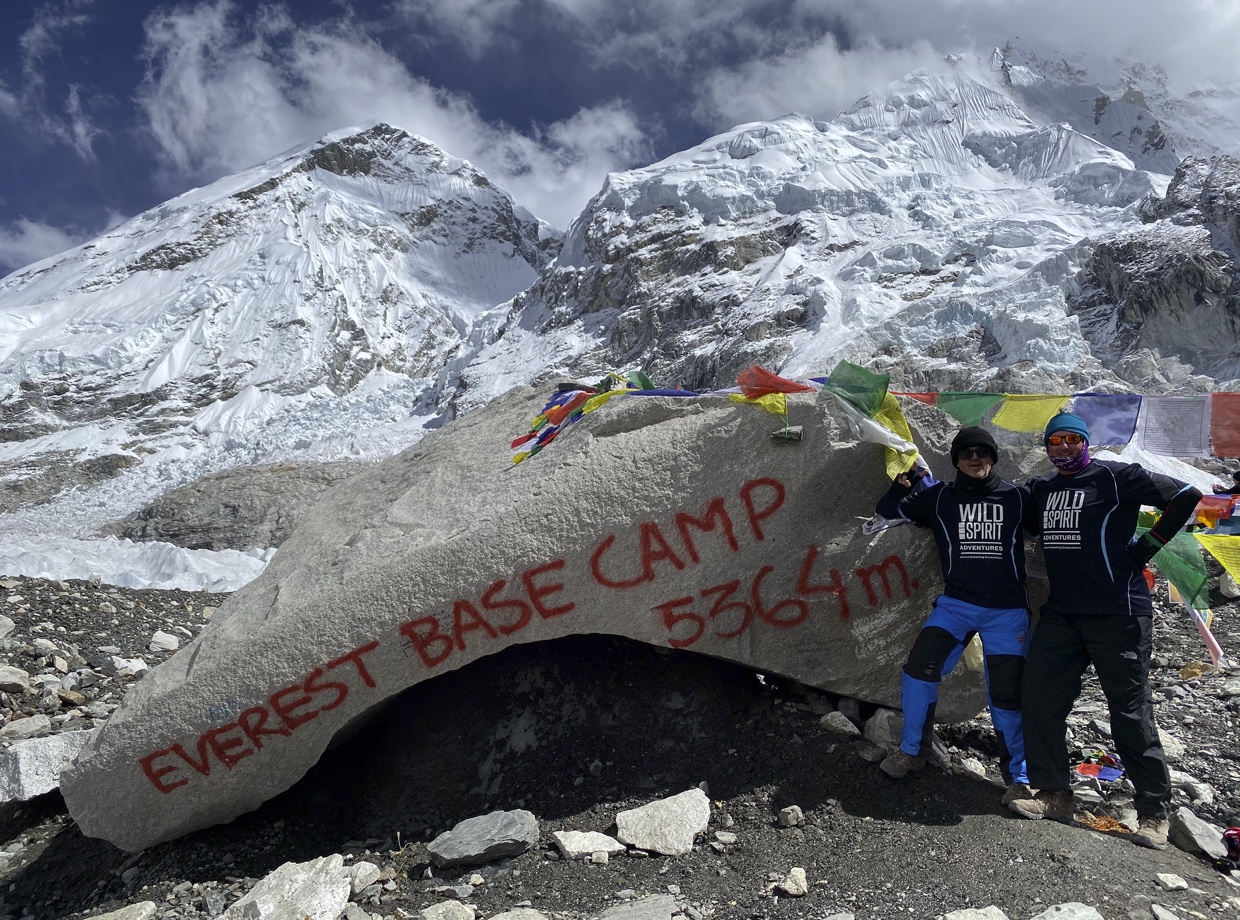
Everest Base Camp Classic
14 Nights / 15 Days – Everest Base Camp Classic – $2935 pp
Following the footsteps of Hillary and Tenzing to the Greatest Mountain in the world!
Our Everest base standard camp trek is a great introductory lodge trek that offers sensational mountain views and an insight into the lives of the Sherpa people.
To stand at Everest Base Camp and view Mt Everest is an emotional, spiritual and mystical experience. The power and energy of Everest is intoxicating and you will be in awe of the size and majesty of the world’s greatest mountain.
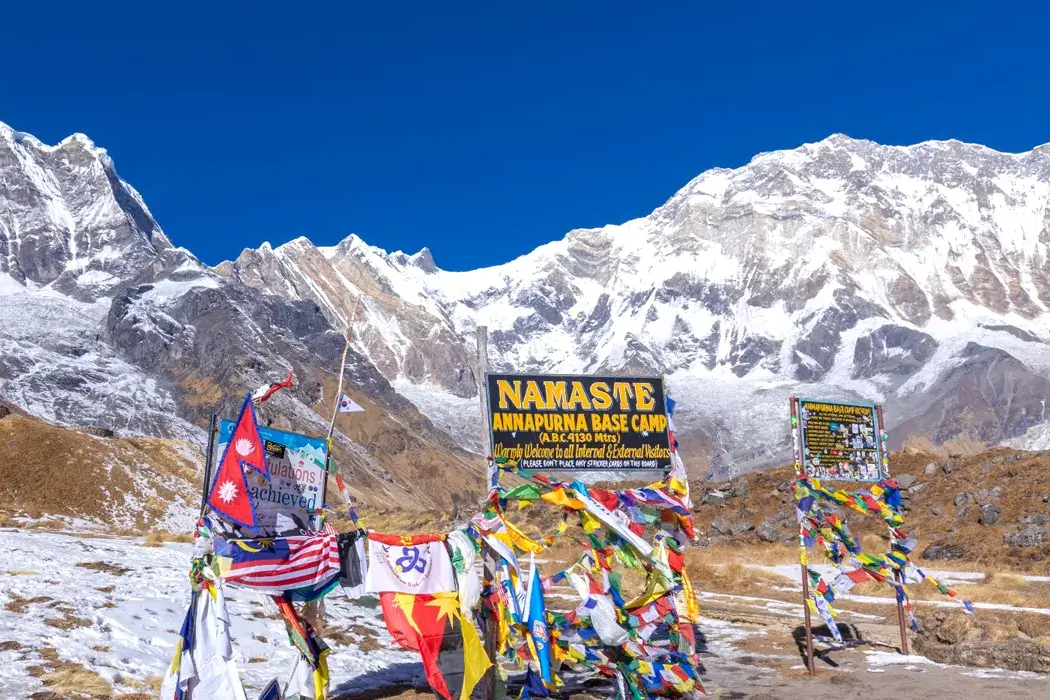
Annapurna Base Camp 14 Days Trek
Annapurna base camp 14 Days trek is probably the best legendary and classical base camp trekking in Nepal, appropriate for both experienced and first time trekkers. Annapurna Base camp trek is situated northern central part of Nepal and also inside the Annapurna conservation area at altitude of 4130 m on the lap of the world 10th Highest Mountain Annapurna I.
Trip Duration: 14 Days
Start/End Point: Kathmandu/Kathmandu
Maximum Altitude: 4130 m
Trip Difficulty: Moderate
Activity: Trekking & Hiking
Best Season: Oct-Dec & Mar-May
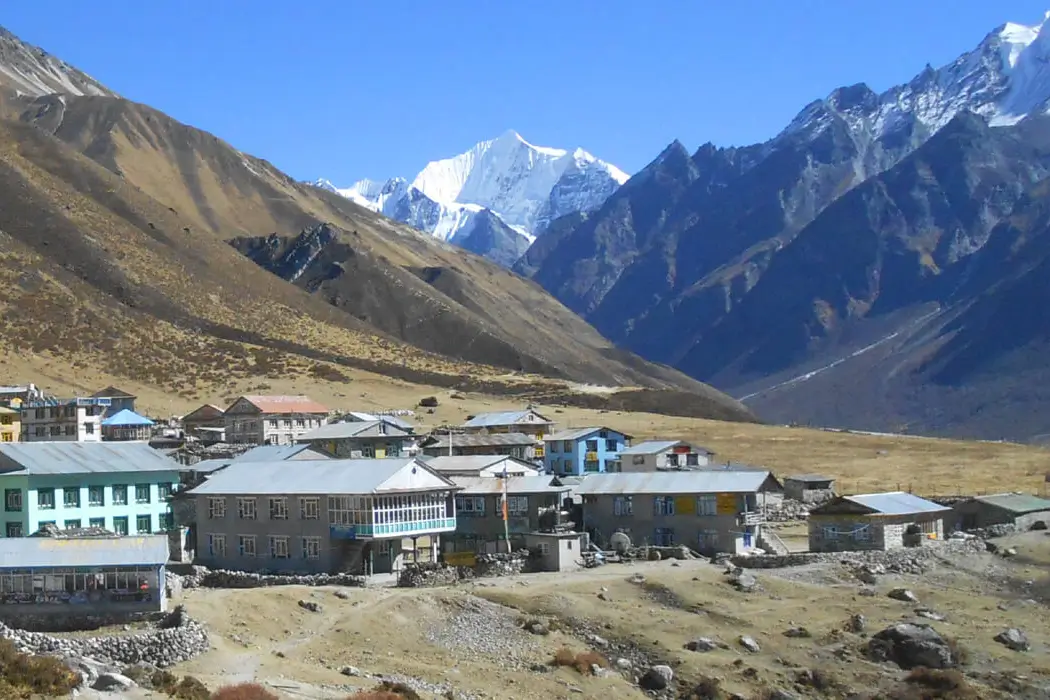
Langtang Valley and Gosaikunda Trek
Langtang Valley and Gosaikunda trek is mostly designed for those who want to experience unique Tibetan Buddhist and Tamang culture, tradition, and lifestyle and go wild along with peaceful nature.
Trip Duration: 15 days
Start/End Point: Kathmandu/Kathmandu
Maximum Altitude: 5545 m
Trip Difficulty: Moderate to Hard
Activity: Trekking / Hiking in Nepal
Best Season: Oct -Dec & March-May
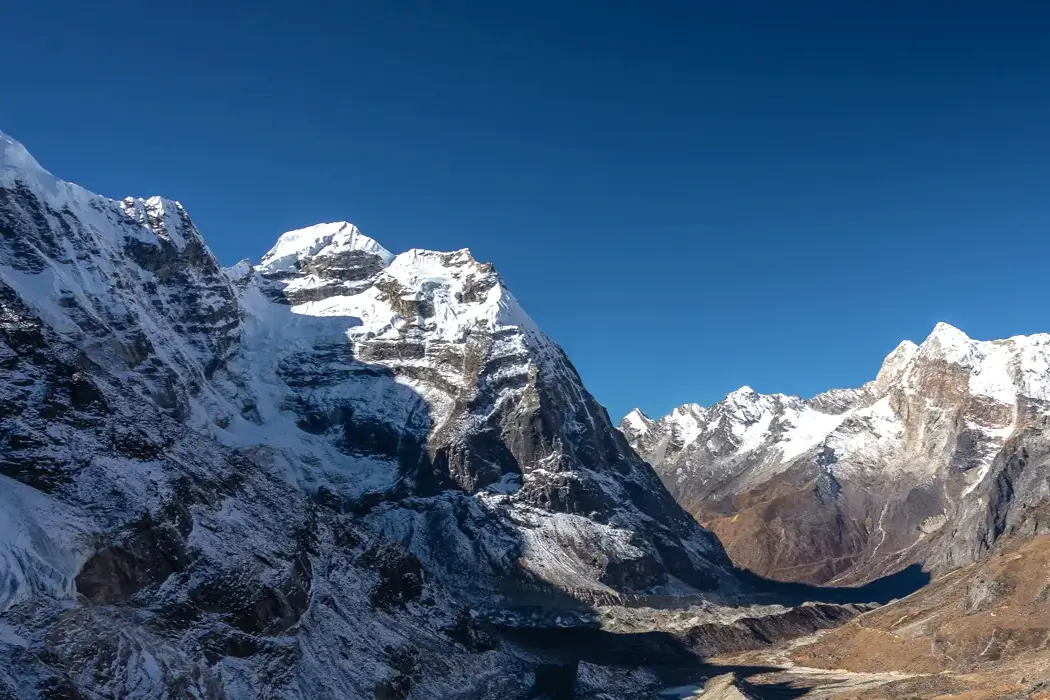
Mera Peak Climbing
Mera Peak is one of Nepal’s tallest and most popular trekking peaks. It is in the Mahalangur section of Nepal’s Sholukhumbu region. Mera Peak Climbing attracts climbers worldwide due to its challenging nature.
Trip Duration: 18 Days
Start/End Point: Kathmandu/Kathmandu
Maximum Altitude: 6476m
Trip Difficulty: High Altitude to Strenuous
Activity: Trek / Peak Climbing
Best Season: Oct-Dec & Mar-May
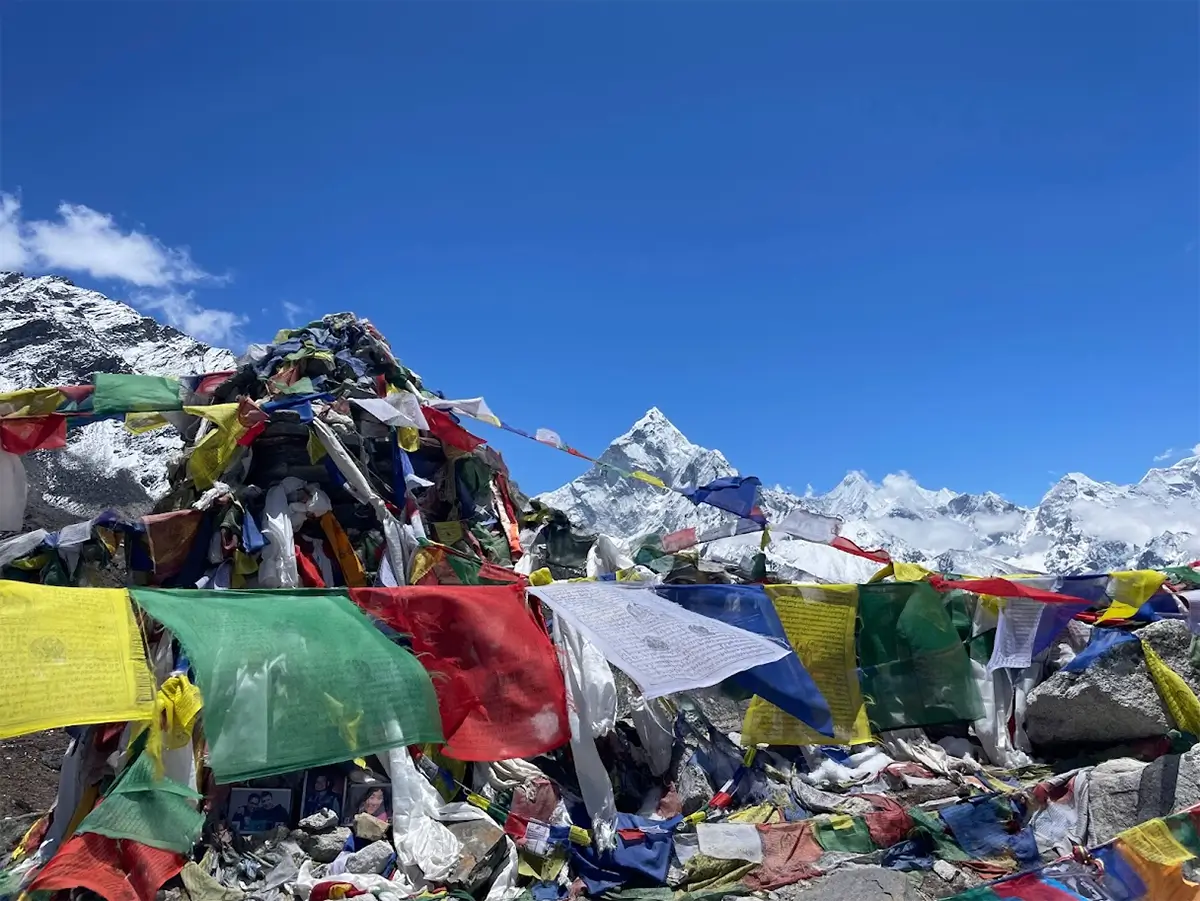
Gokyo Valley and Everest Base Camp Trek
Gokyo Valley and Everest Base Camp Trek are some of the best choices for those who have
passion and commitment to have an adventure in life. Although there are many routes, the route
via Gokyo Lake and Cho-La Pass is more thrilling and adventurous.
Trip Facts:
Duration: 15 days
Activities: Trekking/Excursion
Difficulty: Moderate to Strenuous
No. of pax: 02+
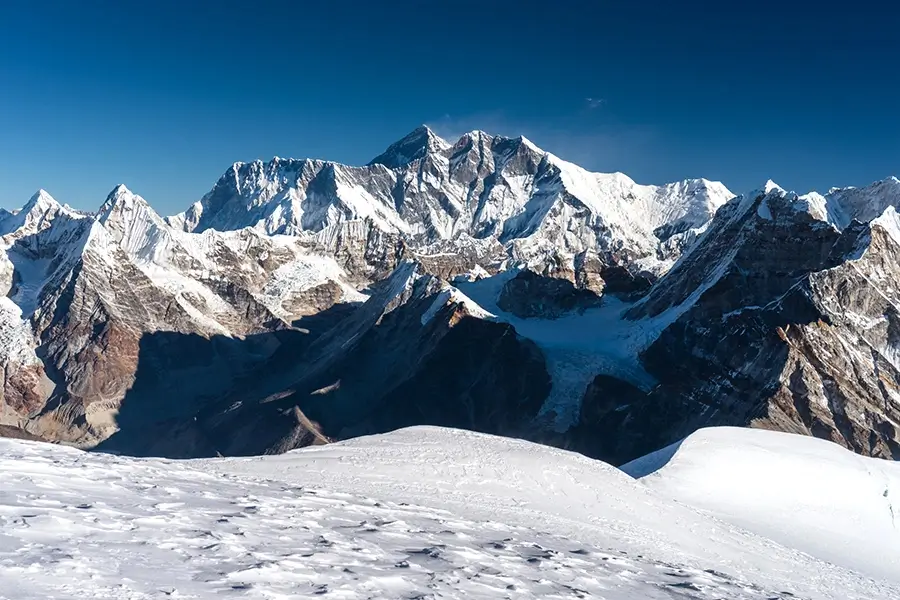
Mera Peak Climbing - 14 Days
The Mera Peak Climbing expedition is a 14-day adventure that combines trekking and high-altitude mountaineering in Nepal’s Everest region. Starting with a scenic helicopter flight from Kathmandu to Lukla, the trek leads through remote villages, dense forests, and alpine landscapes before reaching the base at Khare Camp.
Trip facts
Duration: 14 days
No. of Pax: 10+
Season: Late March-Early May or Mid Sept-Early Mov
Difficulty: Moderate Level Peak Climbing
Cost = 3590 USD per person
Native Name for Everest
Mount Everest is known as Chomolangma, meaning “Goddess Mother of Snows” in Tibet/China and Sagarmatha, meaning “Mother of the Universe” in Nepal. This mountain, like many others, is sacred to the local people in Tibet and Nepal.
First successful Ascent
Sir Edmund Hillary (New Zealand) and Tenzing Norgay (Nepal) on May 29, 1953.
About MT. Everest
Elevation: 29,035 feet (8,848 meters)
Height: 29,035 feet (8,848 meters).
Location: On the border of Nepal and Tibet/China, Asia
Coordinates: 27°59′17″ N / 86°55′31″ E
Everest was named after a surveyor George Everest
British surveyors named Mount Everest after George Everest (properly pronounced “I-ver-ist”). Everest actually despised mountaineering and was not alive when the mountain was named after him. Everest was a Surveyor General in India in the 19th century.
Glaciers shape Mt. Everest
Mount Everest is a huge pyramid formation with three faces and three major ridges on the north, south, and west ridges. Glaciers are responsible for the shape that carved out Mt Everest pyramid and today 5 major glaciers continue to shift Mount Everest. These glaciers are known as Kangshung Glacier on the east; Rongbuk Glacier on the north; East Rongbuk Glacier on the northeast; and Khumbu Glacier on the west and southwest. The Khumbu region is where our Everest Base Camp trek takes place.
Two ascent routes to the summit
The South Nepalese side ascends the Southeast Ridge, called the South Col Route, and the North Tibetan side ascends the Northeast Ridge or known as the North Col Route. The Northeast ridge is often referred to as the most technical although the Hillary step on the South Col route is no easy feat.
First to climb to summit without supplemental oxygen
In 1978 Reinhold Messner and Peter Habeler were the first to climb Mount Everest without supplemental oxygen. In 1980 Reinhold Messner made the first solo summit ascent, which was also via a new route from the mountain’s north side.
Most climbers on Summit in a Day
The most climbers to reach the summit in a single day was 40. This occurred on May 10, 1993.
May
October
May
October
Trip details at a glance
Example below is of Everest Base Camp. More tours and itineraries on the Trek Dates and Tours Tab above
Trip Highlight
High Altitude Travel Notes
(Dr Jim Duff, 01/04/2008)
More useful information on these and other subjects can be found in my book ‘Pocket First Aid and Wilderness Medicine’, which can be obtained via www.treksafe.com.au.
As you ascend to altitudes above 2000m, your body has to acclimatize to the decreasing amount of oxygen available. If the ascent is too fast and/or the height gain too much, these acclimatization mechanisms do not have time to work, and symptoms and signs of altitude illness (also called high altitude illness) will appear.
Altitude illness becomes common above 2500m and presents in the following ways:
AMS (Acute Mountain Sickness): common but not life-threatening if dealt with correctly.
HACE (High Altitude Cerebral Edema): less common but life-threatening.
HAPE (High Altitude Pulmonary Edema): less common but life-threatening.
If you think you or your ‘buddy’ are becoming ill, TELL YOUR LEADER IMMEDIATELY.
Warning: do not ascend with symptoms of altitude illness as this has led to many deaths from HAPE/HACE.
Everest - High Altitude Travel Notes
What’s Included
What’s Excluded
Optional
Nepal/Everest Base Camp Trekking Gear List
The following gives you a general idea of the personal items to be brought by you to trek in the Everest Base Camp region of Nepal. The personal items are of individual interest, and choice. The most important fact he/she must consider is the time of the year, trekking days, region and altitude.
In a supported trek, heavy items are carried by porters or Yaks during the trek and personal belongings of the trekkers that they may need for the day like money, water bottle, rain gear, camera, sun cream and toilet paper etc. should be carried by you. So you are briefed to pack items in two different bags
Everest Gear List Nepal
This list is only a guide. While you are required to bring everything on this list, there are numerous options, brands, and versions of each piece of equipment, use your experience and the listed features to find the best gear for you. Some of the above equipments can be easily find in stores around Kathmandu in much cheaper price.
Please Note: Tight fitting, figure-hugging clothing, such as those made with Lycra can often be offensive to locals, especially to women. If you find these items comfortable as a base layer, please pack something to wear on top of them.
Island Peak Gear List
The following gives you a general idea of the personal items that you can bring for the trek.
The personal items are of individual interest, and choice. The most important fact that one should keep on mind is that one should have enough clothes to tackle the cold weather in the Himalayas.
In a supported trek, heavy items are carried by porters or yaks and personal belongings that you may need for the day like money, water bottle, rain gear, camera, sun cream and toilet paper etc. should be carried by yourself. So you are briefed to pack items in two different bags.
We will supply complimentary water and wind proof duffel bag which you can use on the trek and is carried by porter/s. The duffel bag is yours to keep after the trek. You can leave your bag with your non-trek items at the hotel in Kathmandu and collect them after the trek.
All the equipments like Base camp tents, kitchen accessories and all the group climbing equipments ( climbing rope, ice screw, somw bar, ice hammer) is provided by the company.
Everest Gear List Island Peak
This list is only a guide. While you are required to bring everything on this list, there are numerous options, brands, and versions of each piece of equipment. Use your experience and the listed features to find the best gear for you. Some of the above equipments can be easily found in stores in Kathmandu for cheaper prices.
Please Note: Tight fitting, figure-hugging clothing, such as those made with Lycra can often be offensive to locals, especially to women. If you find these items comfortable as a base layer, please pack something to wear on top of them.

